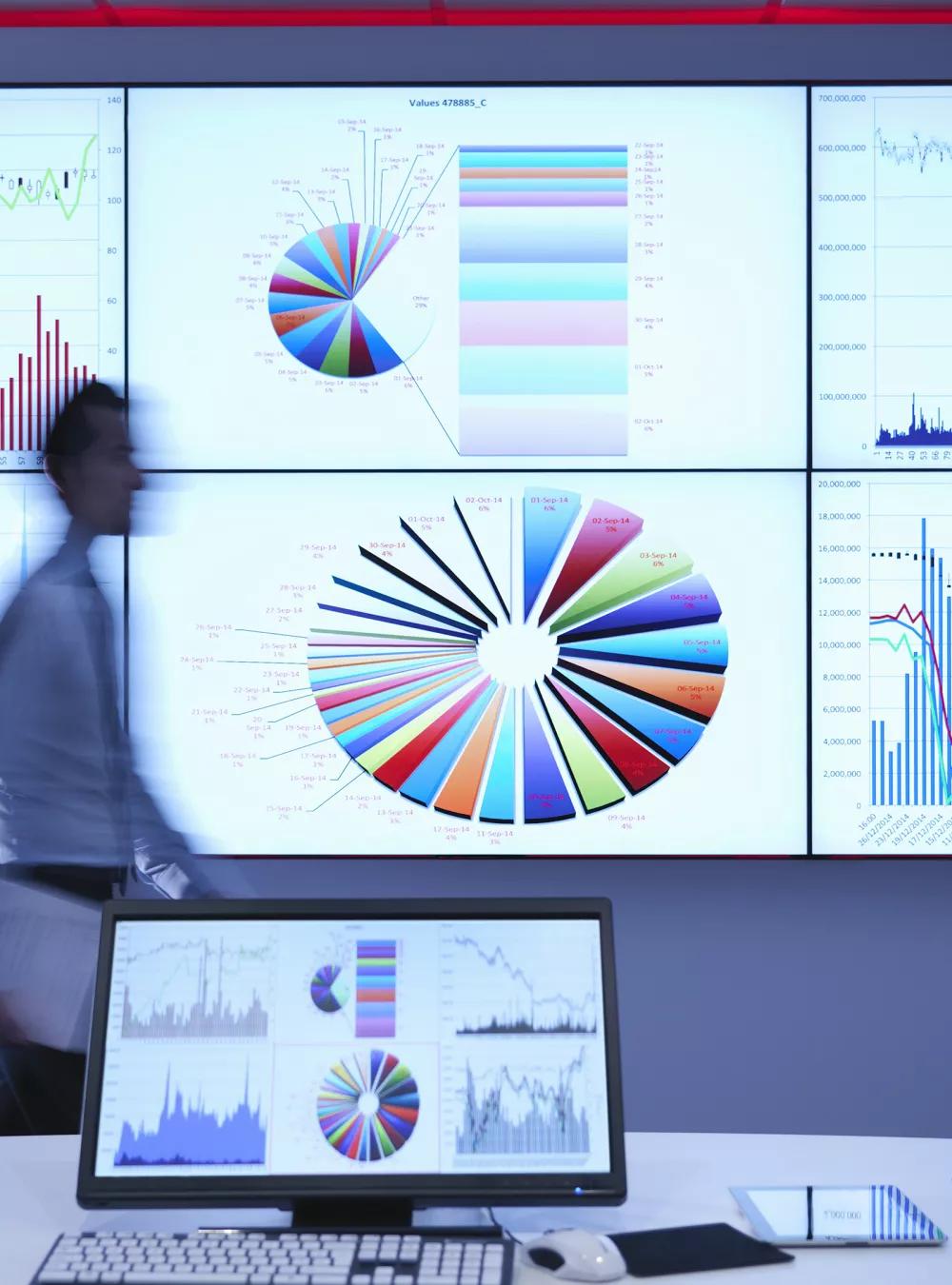Time.
It’s one of the first casualties of a national emergency like a pandemic. When all too many people start getting sick and dying, the time to do something about it other than tackling the immediate emergency seems to vanish.

Time.
It’s one of the first casualties of a national emergency like a pandemic. When all too many people start getting sick and dying, the time to do something about it other than tackling the immediate emergency seems to vanish.
The time to prepare is in advance of the national emergency. In addition, we must learn to look beyond our own borders, because infectious diseases clearly don’t care about lines on maps. And while none of us knows what will happen tomorrow, we do know that we experienced a great deal—at a great cost—during the COVID-19 pandemic. Whether or not we learned lessons is debatable.
The fact is that we are swimming in data that could help provide early warning of pandemics or other high-consequence threats to human and animal health: data from millions of biometric wearable devices, signals in wastewater systems, electronic health record data systems all over the world, non-health surveillance systems (e.g., mobile and transportation data), and more, which could provide invaluable signals if effectively harnessed, analyzed, and made available in near-real time to all who can benefit.
The challenge is in gathering early warning information that already exists from systems that don’t talk well with one another—and then making sense of it, in a way so decision-makers feel comfortable making data-driven decisions.
Early warning gives us more time to prevent or mitigate the spread of disease from entering our borders or from spreading within the community. It gives hospitals time to prepare and to marshal resources and staff. It also gives drug makers the advance lead time to make products that can prevent or treat new or emerging diseases.
Early warning also gives us more time to think through options. For instance, during the COVID 19 pandemic we saw several national experiments that weren’t thoughtfully choreographed. We need to develop and connect these data streams in peacetime so we can intentionally ask questions during a crisis like: Do masks work? Will closing schools help or harm? Can this off-the-shelf drug be repurposed? How do we know when a new variant is in our communities already?
"Prepare for the Next Pandemic by Activating Early Warning Signs" shares two examples of early warning approaches for infectious diseases that require relatively small investments to activate. While both demonstrate valuable information, they are most powerful when combined with other sources of data, such as wearables or the multiple health surveillance systems mentioned above, and viewed on both a national and an international scale.